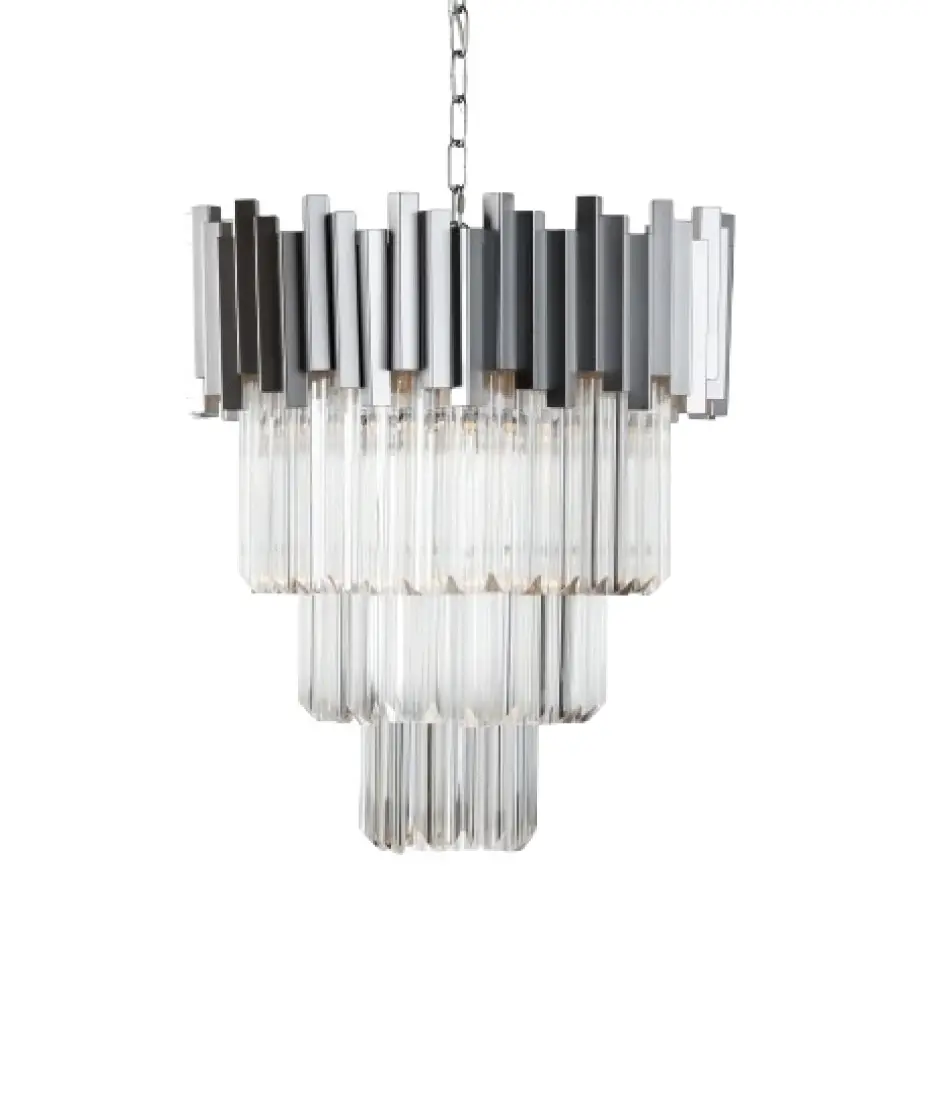
LIGHTING 101
Lighting plays a monumental role in our everyday lives, and it’s essential for design and daily tasks. It helps us see, affects our mood, and even aids our focus. Not to mention, lighting can be a big part of our style and creative expression. Learn some of the basics of residential lighting to make your home more comfortable and improve the interior design.
Lighting Terminology to Know
Lumen – In a nutshell, lumens tell you how much light you are getting. A lumen (lm) is a unit of luminous flux, which measures the power of visible light produced by a light source. In this case, a light source would be a bulb or a light fixture. Simply put, they tell you how bright the light is.
Watt – A unit of power. Regarding lighting, wattage (W) expresses the amount of energy it takes to produce light. If you’re considering one specific type of light, like only standard bulbs or only LED bulbs, you will find that the higher the wattage, the brighter the light.
Kelvin – A unit of temperature. In lighting, Kelvins (K) are used to measure color temperature—how cool or warm the light appears. Color-changing lights aside, residential lighting ranges from a yellow-ish color (2,000K), to white, to a blue-ish color (6,500K).
Incandescent light bulb – The standard light bulb most people are familiar with. These bulbs produce light as a result of heating up a wire filament. While this is a reliable light source, they do use more energy than modern alternatives like LED.
LED – Stands for light-emitting diodes. LED is a highly energy-efficient lighting technology. LED lighting can be purchased in the form of replaceable bulbs, or integrated LED fixtures. These fixtures don’t have replaceable bulbs and last upwards of a decade.
Foot-candle - The brightness of a light source from one foot away.
The US Department of Energy (DOE) suggests picking out your light bulbs based on lumens, as opposed to the old standard of watts. This is because newer, energy-saving bulbs use much less power (watts) to produce the same amount of light (lumens).
What Lighting Works Best for Each Room?
Foyer/Entryway
Lighting should create a warm, welcoming effect. Use pendants or chandeliers, as well as wall sconces.
Living Room
It’s important to have easily controllable and functional lighting. Combine overhead lighting with a mix of floor lamps and table lamps.
Dining Room
Installing dimmers will create drama and ambiance. Use pendant lights or chandeliers above dining tables.
Kitchen
Lighting should be pointing down toward your workspace surfaces. Use ceiling lights as well as under cabinet lighting for functionality.
Bedrooms
Soft ambient lighting works best here. Bedside lamps and wall lights with dimmers help create a relaxing space to unwind.






